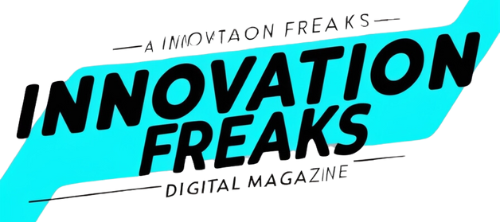The evolution of solar power is reshaping how we think about renewable energy. Innovations in technology are continuously enhancing efficiency, affordability, and sustainability, making solar power more accessible than ever.
Advancements in Solar Panel Technology
The first significant trend in solar power innovation is the remarkable advancements in solar panel technology. Traditional crystalline panels are now being complemented by thin-film solar cells and multi-junction cells that offer higher efficiency rates. These new materials not only increase energy conversion rates but also allow for greater flexibility in installation. With perovskite solar cells emerging as a game-changer, researchers are optimistic about drastically reducing costs while maximizing energy output, emphasizing the role of innovation in the renewable energy sector.
Integration of Smart Technology
The integration of smart technology is another important trend in solar power systems. Modern solar panels are being equipped with Internet of Things (IoT) capabilities, enabling real-time monitoring and optimization of energy production. Homeowners can now track their solar energy usage and generation through mobile applications, empowering them to make informed decisions regarding their energy consumption. This digital shift is making solar energy not only more efficient but also significantly more user-friendly which indicates the direction in which the solar industry is heading.
Enhanced Energy Storage Solutions
Energy storage is critical in maximizing the potential of solar power, particularly in areas with inconsistent sunlight. The latest trends showcase advancements in battery technology, including lithium-ion and even solid-state batteries. These innovations are crucial for storing excess energy generated during peak sunlight hours, allowing homeowners to use solar energy when the sun is not shining. As battery costs continue to decline thanks to new manufacturing techniques, solar systems are becoming increasingly viable for mass adoption.
Solar Energy in Urban Design
Urbanization presents unique challenges for solar power integration, but innovative solutions are being implemented. Architects and developers are increasingly incorporating solar technology into building designs, leading to the creation of solar-integrated architecture. From solar roofs to building-integrated photovoltaics (BIPV), these designs contribute to a more sustainable urban environment. This trend not only reduces energy demand from traditional grids but also promotes a culture of sustainability within urban communities.
Government Incentives and Policies
Government incentives play a significant role in the adaptation of solar technologies. Many governments globally are implementing policies that promote the use of renewable energy through tax credits, rebates, and grants. These policies encourage both residential and commercial investments in solar power systems. As more countries honor their commitments to reduce carbon emissions, supportive frameworks are vital for accelerating solar technology adoption, indicating a major trend towards enhanced collaboration between public and private sectors.
The Future of Solar Innovations
The future of solar power is bright with ongoing research and development in emerging technologies. Innovations like solar-powered vehicles and advancements in photovoltaic materials are on the horizon, signaling significant potential for the industry. As the demand for clean energy continues to grow, the solar sector is expected to evolve dynamically, driven by innovation at every level. Stakeholders in the renewable energy landscape are anticipating exciting developments that could redefine energy consumption.
Disclaimer: This article provides general information only and should not be construed as professional advice.





















